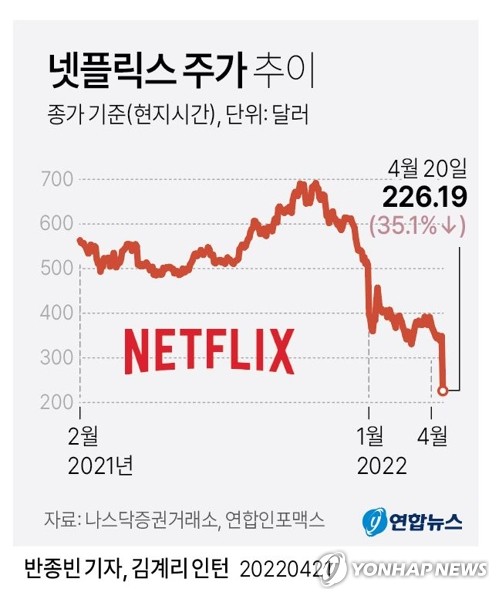요즘 투자를 위한 기초체력을 기르고 있는 중입니다. 매일경제신문을 읽고 있고, 증권회사의 리포트도 열심히 읽고 있습니다. 요즘 투자를 위한 기초체력을 기르고 있는 중입니다. 매일경제신문을 읽고 있고, 증권회사의 리포트도 열심히 읽고 있습니다.
오늘은 주식 투자의 첫걸음이라고 할 수 있는 저평가 주식 종목 고르는 법을 알고 간단하게 정리하고자 합니다. 오늘은 주식 투자의 첫걸음이라고 할 수 있는 저평가 주식 종목 고르는 법을 알고 간단하게 정리하고자 합니다.
<저평가 종목 고르는 법> 1. 자기자본이익률(ROE) 2. 주당순이익(EPS)과 주가수익률(PER) 3. 이브에비타(EV/EBITDA) 4. 주가순자산비율(PBR) 도서) 주식투자 무작정 따라하기 <저평가 종목 고르는 법> 1. 자기자본이익률(ROE) 2. 주당순이익(EPS)과 주가수익률(PER) 3. 이브에비타(EV/EBITDA) 4. 주가순자산비율(PBR) 도서) 주식투자 무작정 따라하기
1. 자기자본이익률(ROE) 1. 자기자본이익률(ROE)
Peggy_Marco, 출처 Pixabay Peggy_Marco, 출처 Pixabay
Return on equity is a way to see how much money I make from my investment. If you make a lot of profit compared to your equity capital, it will be a company of high value. Therefore, the higher the ROE, the better it is to invest. Available in the following ways. ROE= (Net Income ÷ Average Equity) × 1002.1 Share Net Income (EPS) and Share Income Ratio (PER), and Share Income Ratio (EPS) and Share Income Ratio (PER) are indicators that can determine the adequacy of stock prices compared to corporate value. 1) Net Income Per Share (EPS) Return on Equity is a way to see how much money I make from my investment. If you make a lot of profit compared to your equity capital, it will be a company of high value. Therefore, the higher the ROE, the better it is to invest. Available in the following ways. ROE= (Net Income ÷ Average Equity) × 1002.1 Share Net Income (EPS) and Share Income Ratio (PER), and Share Income Ratio (EPS) and Share Income Ratio (PER) are indicators that can determine the adequacy of stock prices compared to corporate value. 1) Net earnings per share (EPS)
Dark Moon Art_en, Source Pixabay Dark Moon Art_en, Source Pixabay
EPS is responsible for the fact that a single share of shares It’s the profit I earned for a year. The higher the EPS, the better the money. If it’s negative, my investment is losing money. You can find it in the following ways. Estimated EPS = Estimated net income after tax ÷ Number of shares issued 2) The stock price return ratio (PER) EPS is based on the fact that one share of the shares is not a share It’s the profit I earned for a year. The higher the EPS, the better the money. If it’s negative, my investment is losing money. You can find it in the following ways. Estimated EPS = Estimated net profit after tax ÷ Number of shares issued 2) Share price return ratio (PER)
Peggy_Marco, 출처 Pixabay Peggy_Marco, 출처 Pixabay
PER is the current stock price divided by EPS after one year. If PER = stock price ÷ EPSPER is low, the stock is relatively cheap compared to the money the company earns. If the PER is high, the stock is higher than the money the company earns. Usually, the PER of companies that are old and steadily making money is low, and the PER of companies that are expected to grow at a high rate and risk recently is high. To determine if PER is appropriate, it is recommended that you look at the average PER in the same industry and the PER in the same industry. 3. Eve Vita (EV/EBITDA) PER is the current stock price divided by EPS in a year. If PER = stock price ÷ EPSPER is low, the stock is relatively cheap compared to the money the company earns. If the PER is high, the stock is higher than the money the company earns. Usually, the PER of companies that are old and steadily making money is low, and the PER of companies that are expected to grow at a high rate and risk recently is high. To determine if PER is appropriate, it is recommended that you look at the average PER in the same industry and the PER in the same industry. 3. Eve Vita (EV/EBITDA)
cytonn_photography, 출처 unsplash cytonn_photography, 출처 unsplash
Companies can also make money in special ways other than sales. PER does not separate non-operating revenue, so if you want to judge the company only considering its sales capabilities, it is appropriate to look at EV/EBITDA. EV/EBITDA=(Market capitalization + net borrowing)÷(operating profit + non-cash cost + various taxes) The lower the EV/EBITDA, the greater the operating capacity (denominator), so you can understand that it was undervalued. 4. Stock Price Net Assets Ratio (PBR) companies can also make money in special ways other than sales. PER does not separate non-operating revenue, so if you want to judge the company only considering its sales capabilities, it is appropriate to look at EV/EBITDA. EV/EBITDA=(Market capitalization + net borrowing)÷(operating profit + non-cash cost + various taxes) The lower the EV/EBITDA, the greater the operating capacity (denominator), so you can understand that it was undervalued. 4. Share Net Assets Ratio (PBR)
Geralt, Source Pixabay Geralt, Source Pixabay
PBR tells you how many times the stock price is divided by the per-share asset. PBR = stock price ÷ low asset PBR per share is lower than the company’s financial position. If PBR is 1, it means that the stock price is the same as the price of selling the company’s assets. So even if you can’t make stocks using PBR, you can expect it to be this much. PBR tells you how many times the stock price is divided by the per-share asset. PBR = stock price ÷ low asset PBR per share is lower than the company’s financial position. If PBR is 1, it means that the stock price is the same as the price of selling the company’s assets. So even if you can’t make stocks using PBR, you can expect it to be this much.
In summary, low-rated stocks have high ROE and low PER, EV/EBITDA, and PBR. Each stock index is provided by portals and securities firms, so you should look for hidden jewelry-like stocks. In summary, low-rated stocks have high ROE and low PER, EV/EBITDA, and PBR. Each stock index is provided by portals and securities firms, so you should look for hidden jewelry-like stocks.
#Stock #Stock #Stock #LowEvaluation #LowEvaluation #LowEvaluation #How to Find LowEvaluation #ROE #EV/EBITDA#PBR#StockEPS#StockPER#StockEV/EBITDA#StockPBR#StockPBR#StockEPS#How to Find LowEPS #1EV/EBITDA#PBR/BRPER/BR/BREADA Stock



